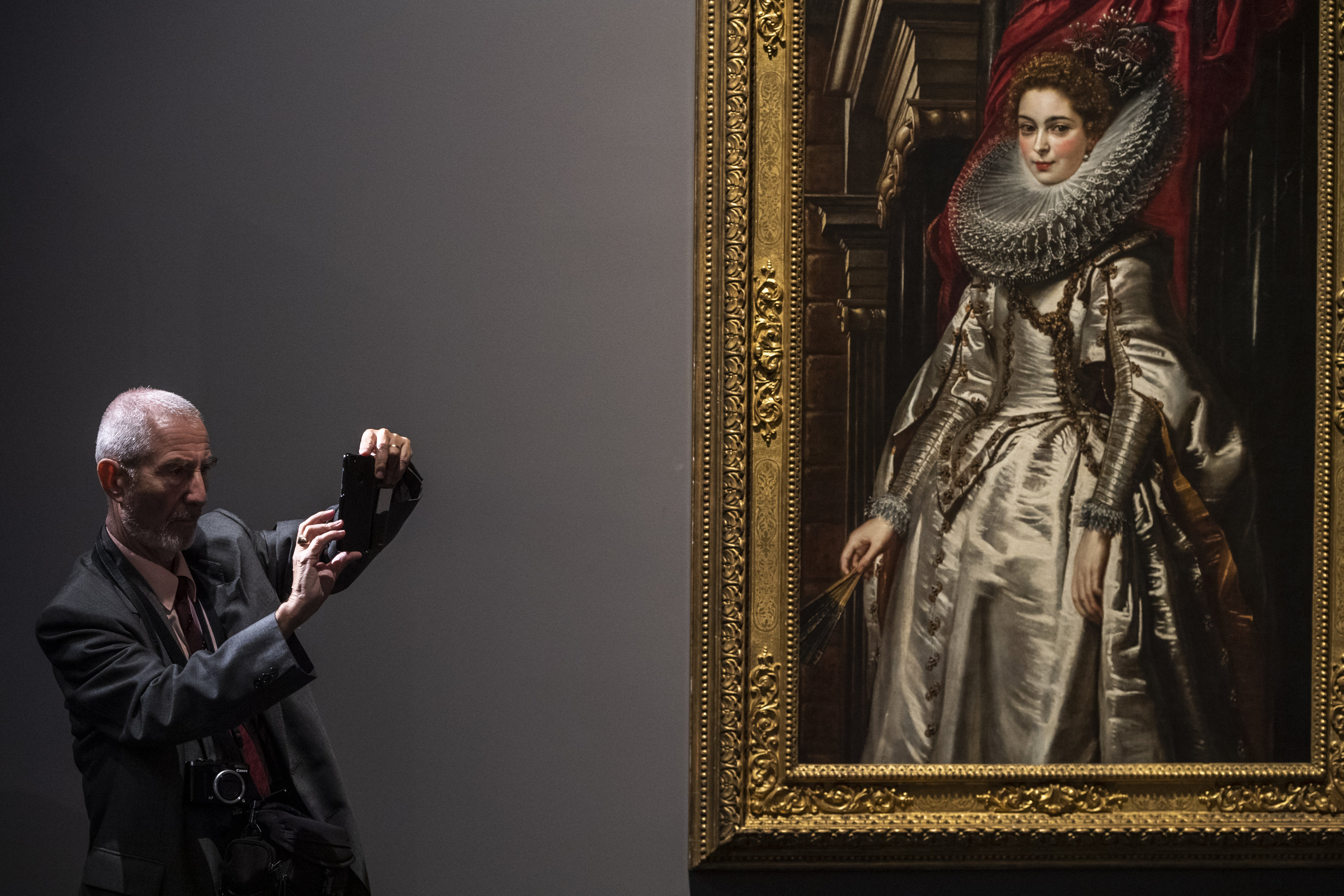Rubens, van Dyck and the Splendour of Flemish Painting is the fifth in a series staged at the museum to showcase significant periods of art history and outstanding national painting schools.
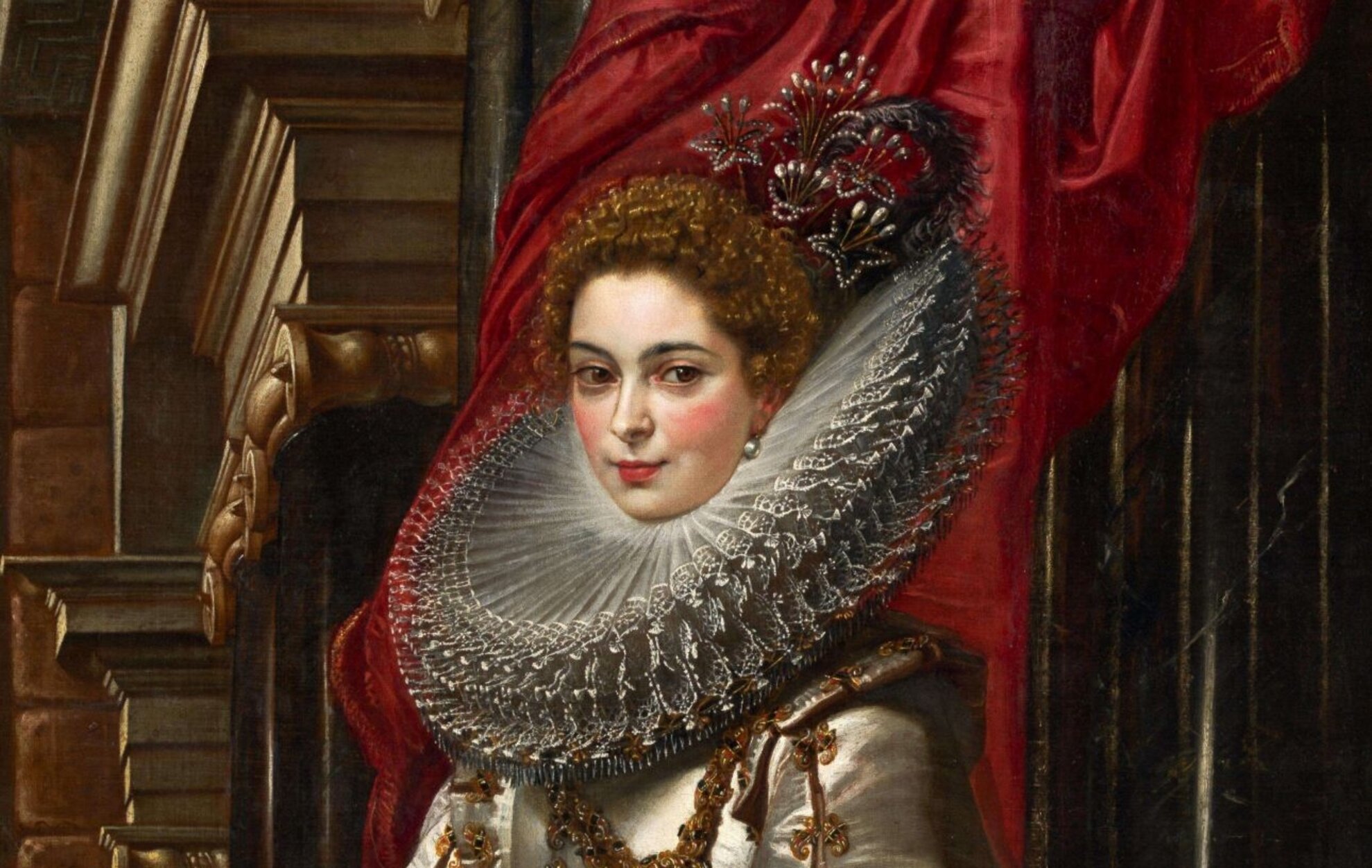
In addition to the museum's own material, this current exhibition features more than 120 works from 40 major public collections, including the Louvre, the Hermitage, the Prado, the National Galleries in Washington and London, and the Liechtenstein Princely Collections in Vienna.
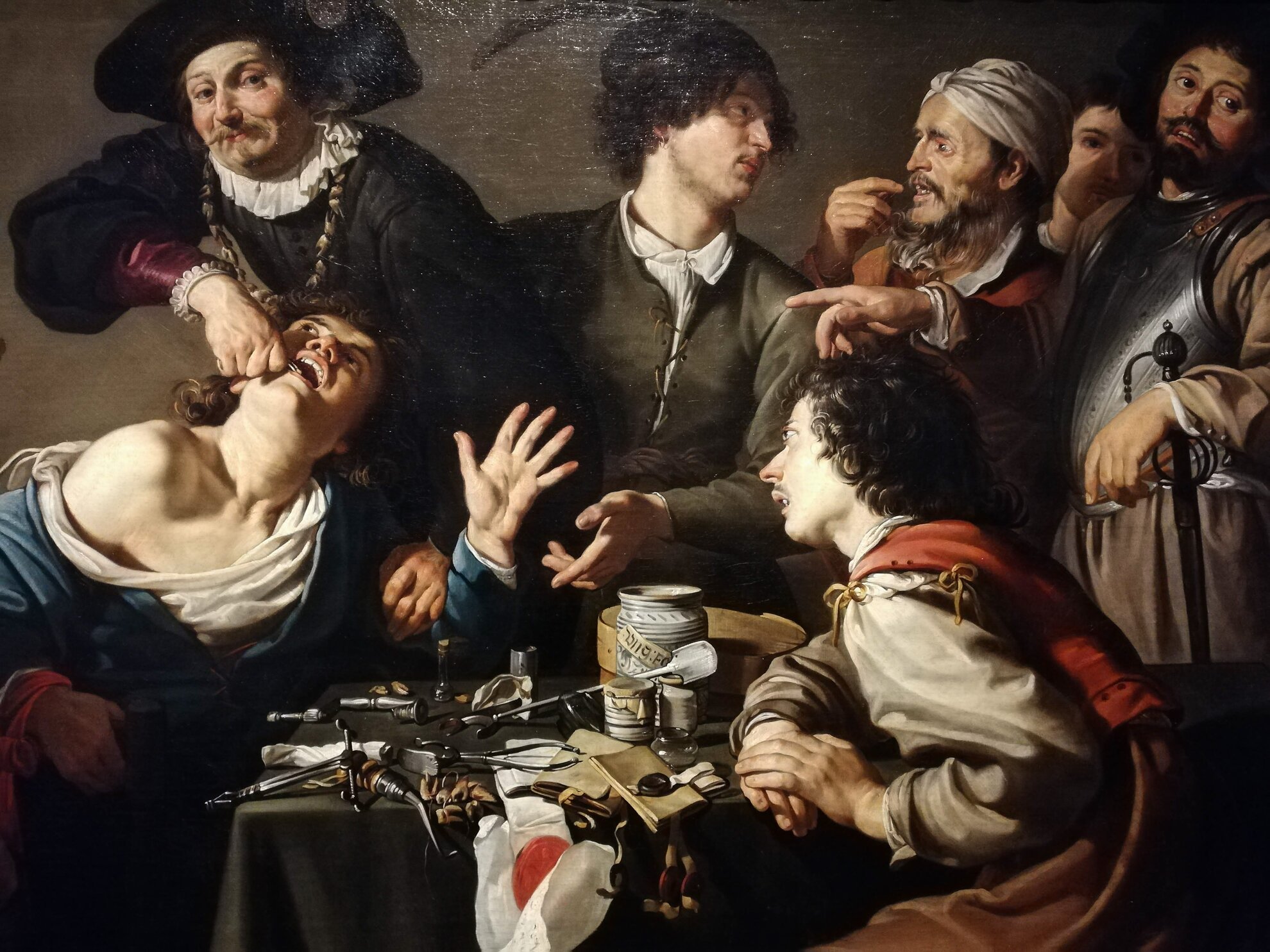
The exhibition centres around on the Lowlands, where this style of Baroque painting emerged: the major centres of southern Netherlands, Brussels and Antwerp, showing the customs and the political lines that shaped the artists’ lives. Few might know that Rubens was not only an artist, but also a successful politician in his day who, through his subtle manner and enormous intellect, helped calm international conflict.
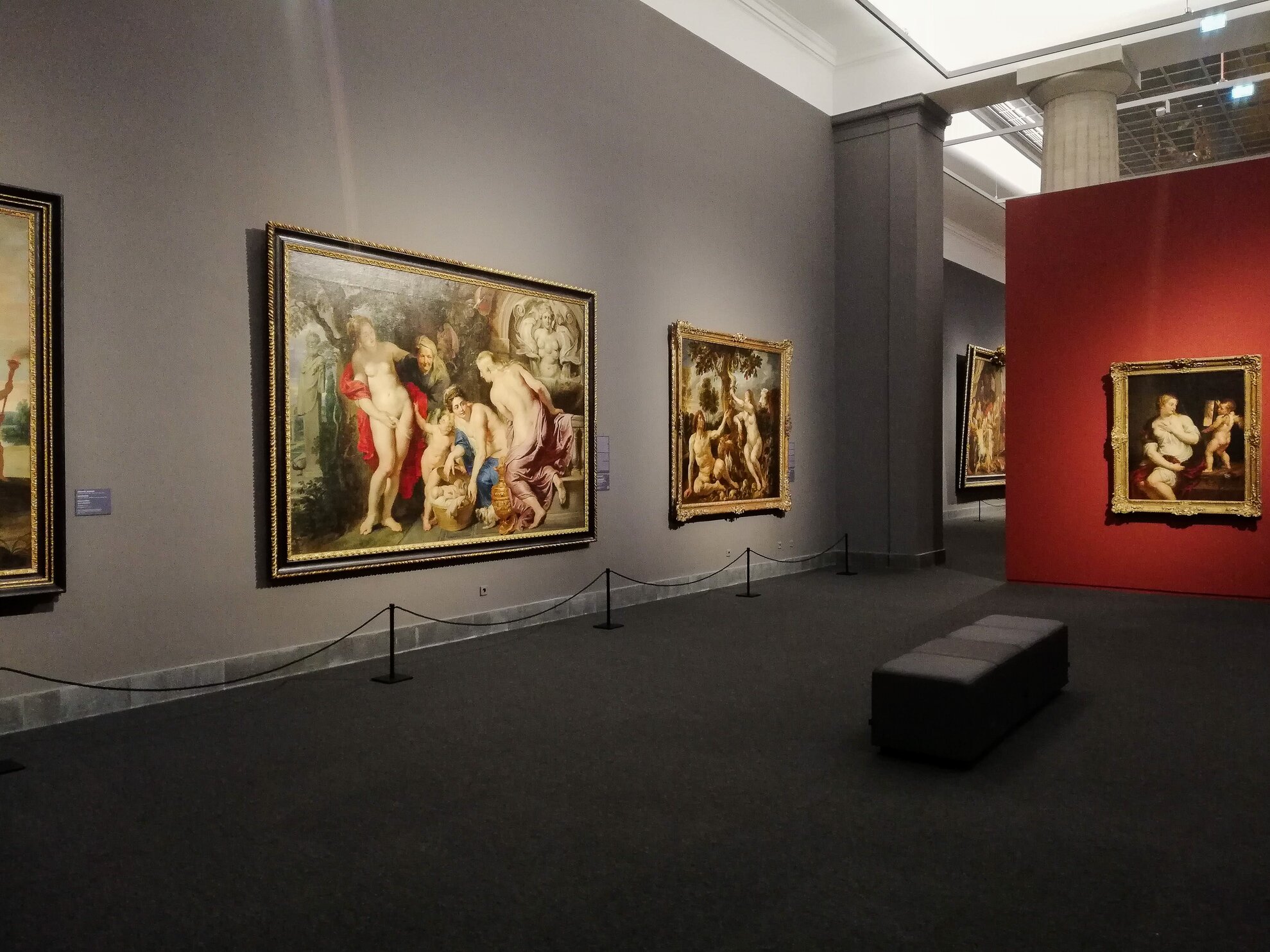
Some of the paintings also have a striking Italian influence – think Leonardo or Titian’s compositions, and Caravaggio's dramatic light-shadow technique – and many Flemish painters spent years in Italy honouring Renaissance masters.
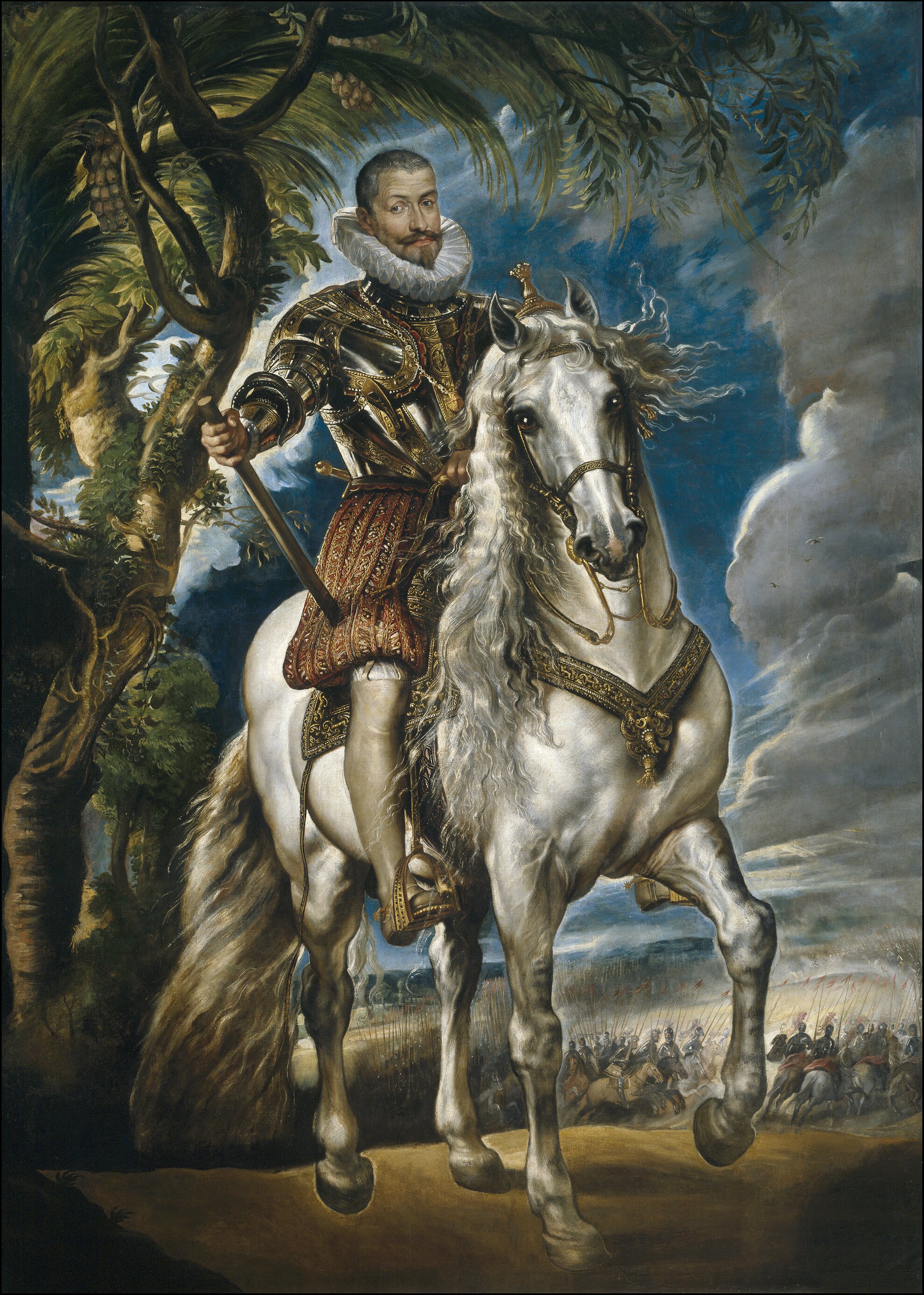
One peculiarity is an important early work by Rubens, the Equestrian Portrait of the Duke of Lerma, dated 1603, which harks back to its counterparts in the Italian Renaissance.
Another curiosity of the exhibition is a piece of tapestry in the series designed by Rubens illustrating the Roman consul Decius Mus, here shown together for the first time with its canvas painting.

Dramatic, mythological and biblical canvases are often dominated by sensual nudes and brutality, and the Baroque spirit of suffering and passion finds its inspiration in Old Testament and Greco-Roman legends. Rubens and his curvaceous, naked women are often cited but the exhibition now sheds light on the models the painter worked with – without spoiling it for you, except for two well-documented, exceptional cases, the reality was much different.
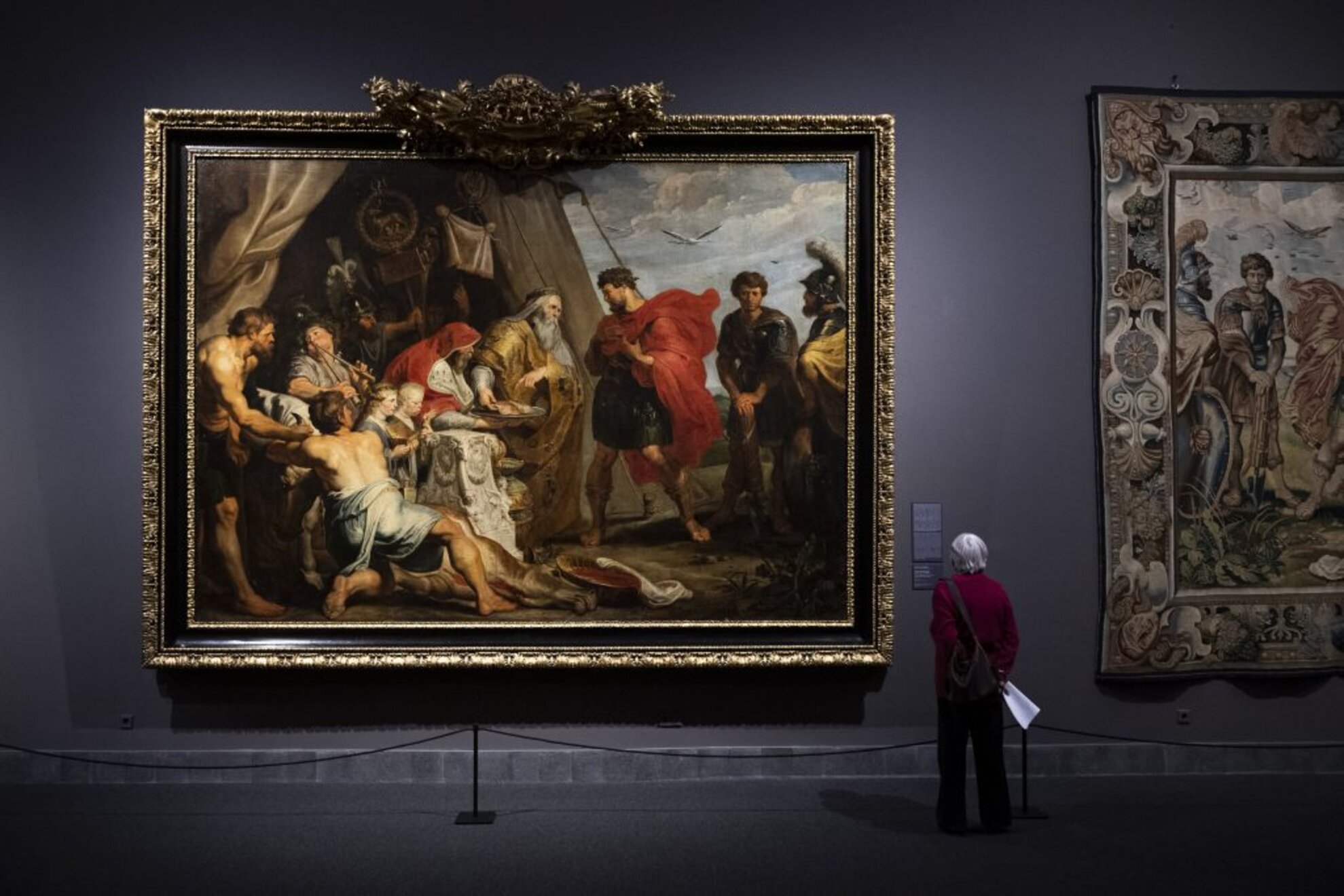
The portrait section features a series of paintings by van Dyck, including one of the museum's outstanding new acquisitions, Queen Henrietta Maria, one of the painter's last completed works.
In addition to paintings, graphics, drawings, sketches and sculptures enrich the exhibition, for which an English-Hungarian catalogue has been prepared, also serving to broaden background knowledge with further studies.
Rubens, van Dyck and the Splendour of Flemish Painting Museum of Fine Arts, District XIV. Dózsa György út 41
Open: 30 October-16 February 2020, Tue-Sun 10am-5.45pm
Admission: 3,800 HUF/discounted 1,900 HUF
